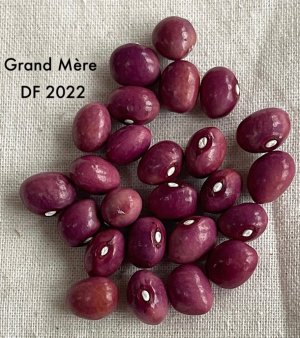heirloomgal
Garden Addicted
- Joined
- Jan 17, 2021
- Messages
- 5,118
- Reaction score
- 16,805
- Points
- 285
- Location
- Northern Ontario, Canada
Network bean touchdown! 
I received all my beans today! Geesh, that was fast - 6 days!
@Bluejay77 you're the best! Thank you!
I am SO fired up to start planting! Only 4 more months to go
I received all my beans today! Geesh, that was fast - 6 days!
@Bluejay77 you're the best! Thank you!

I am SO fired up to start planting! Only 4 more months to go


